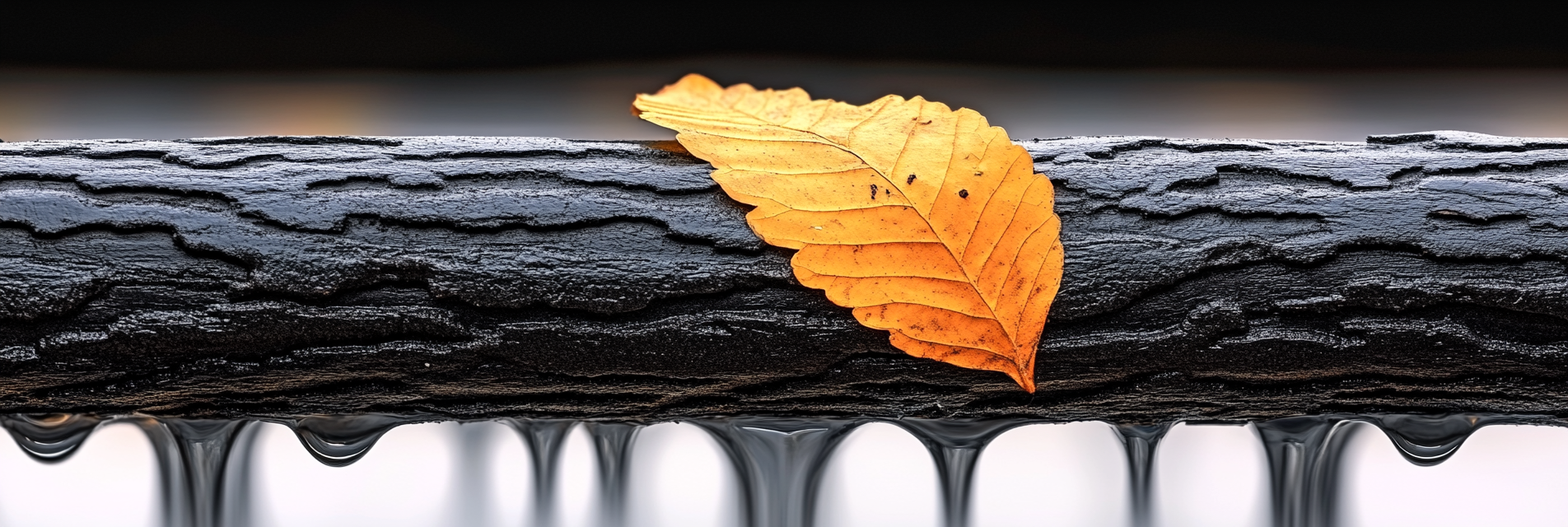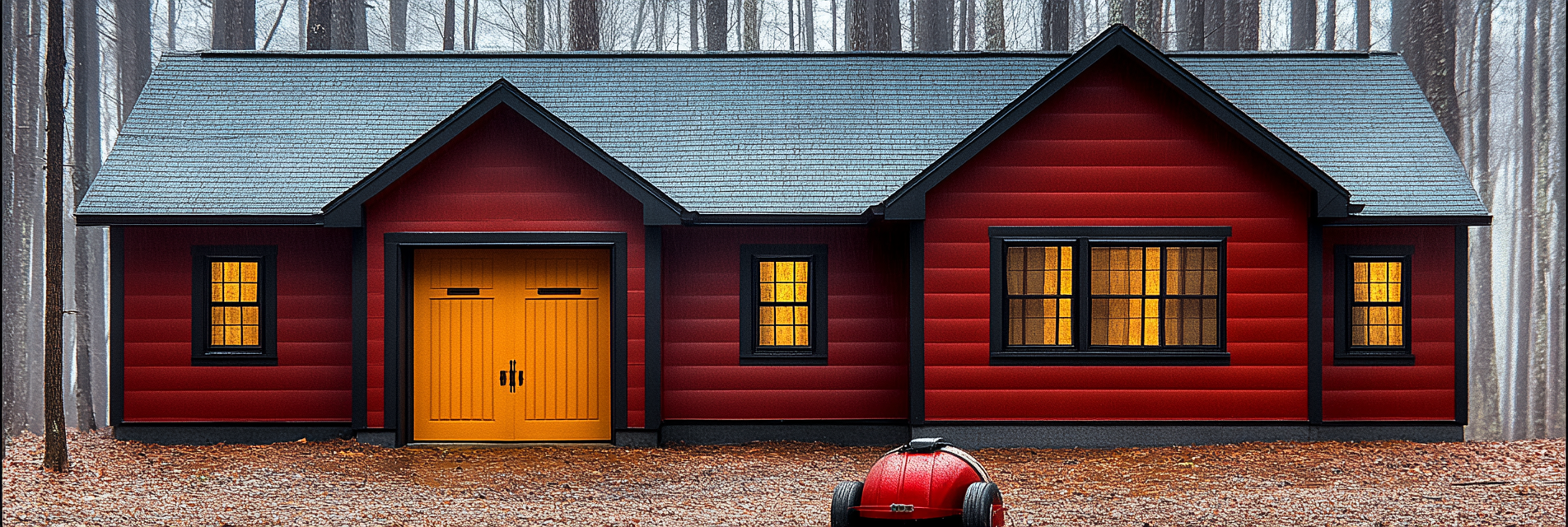Clothes dryers are indispensable for modern homes, offering convenience and efficiency. However, as revealed by the U.S. Fire Administration (USFA) report on clothes dryer fires in residential buildings (2008–2010), they come with hidden risks that, when overlooked, can lead to devastating consequences. Each year, fire departments across the U.S. respond to approximately 2,900 dryer fires in residential buildings, resulting in an estimated 5 deaths, 100 injuries, and property losses totaling around million. This article delves into these statistics, identifies contributing factors, and highlights the importance of professional services such as Dryer Fire Fighters to mitigate such risks.
Key Statistics and Insights from the USFA Report
The USFA’s report provides a comprehensive analysis of residential dryer fire incidents, with several noteworthy findings:
- Seasonal Peaks: Clothes dryer fires exhibit a higher incidence during the fall and winter months, peaking in January at 11%. This trend is likely due to the increased use of heavier clothing and indoor drying during colder seasons.
- Leading Causes: The leading cause of dryer fires is operational deficiency, particularly the failure to clean lint from traps, vents, and surrounding areas. This single factor accounts for 34% of all reported dryer fire incidents, making it a critical area for homeowner attention.
- Ignition Sources: Dust, fiber, and lint are the most common items first ignited, accounting for 28% of incidents, followed closely by clothing not on a person (27%). This points to the highly flammable nature of dryer byproducts and their role in triggering fires.
- Extent of Fire Spread: Over half (54%) of dryer fires are confined to the appliance itself, but the remaining incidents can escalate. Fires that spread beyond the object of origin pose significantly higher risks, with property damage exceeding $40,000 per incident on average when fires spread beyond the floor of origin.
The Mechanics of Dryer Fires: How They Start
A clothes dryer functions by circulating hot air through a rotating drum to evaporate moisture from wet clothes. During this process, lint—consisting of tiny fibers and debris—accumulates. Although the lint trap captures a substantial portion of these fibers, some escape into the vent system, where they can build up over time. This accumulated lint restricts airflow, causing the dryer to overheat. In severe cases, the heat can ignite the lint or nearby materials, starting a fire.
Blockages in dryer vents can also stem from other sources. Animal nests or damage to the venting system can obstruct airflow, increasing the risk of overheating and combustion. This underlines the importance of periodic inspections and maintenance.
Loss Measures Compared to Other Residential Fires
When analyzed against other types of residential building fires, clothes dryer fires show distinct loss characteristics:
- Injury Rate: The average injury rate per 1,000 dryer fires (30.5) is higher than that for other residential fires (28.8), suggesting that dryer fires often catch occupants off-guard or escalate quickly before occupants can react.
- Fatality Rate: The average fatality rate for dryer fires (1.8 per 1,000 fires) is notably lower than that for other residential fires (5.5). This may be due to the confined nature of many dryer fires.
- Property Loss: While the average dollar loss per dryer fire is $9,610, this figure is considerably lower than the $15,940 average for other residential building fires. However, when fires extend beyond their point of origin, the losses can escalate significantly.
The Importance of Professional Maintenance Services
Paul Lindberg’s Dryer Fire Fighters provides a vital service for homeowners looking to reduce their risk of dryer fires. Professional maintenance services like his go beyond basic cleaning and inspection, delving into the dryer’s venting system, which is often overlooked by homeowners. Lint can accumulate in hard-to-reach areas, such as the exhaust ducts and vent connections, where it poses a significant fire hazard.
Lindberg’s expertise ensures that all potential ignition sources are identified and addressed. His team uses advanced tools and techniques to clean vents thoroughly, inspect for blockages, and check that venting systems are correctly installed and compliant with safety codes.
Understanding Fire Spread and Prevention
The report categorizes fire spread in dryer incidents as follows:
- Confined to Object of Origin: 54% of incidents result in minor damage, usually contained to the dryer itself, with property losses averaging under $2,000.
- Confined to Room of Origin: 32% of fires extend to the room, increasing average losses to approximately $6,790.
- Beyond the Room of Origin: For fires that extend beyond the initial room, property loss skyrockets to over $37,000, emphasizing the importance of early detection and containment.
One of the most effective ways to prevent dryer fires is through regular maintenance and inspections conducted by trained professionals. Paul Lindberg’s team at Dryer Fire Fighters ensures that dryers are not only cleaned but that their venting systems meet modern safety standards. This includes ensuring vents are made of rigid or flexible metal ducting, as flexible plastic or foil-type ducts are more susceptible to lint buildup and combustion.
The Role of Smoke Alarms and Fire Suppression Systems
Smoke alarms are present in only 62% of dryer fire incidents, and in 16% of cases, no smoke alarms were found. This leaves a significant percentage of homes vulnerable to undetected fires. Properly functioning smoke alarms can alert occupants in time to respond effectively. Furthermore, automatic extinguishing systems (AES) were present in only 5% of dryer fires, showcasing the need for more widespread adoption of such technology.
Proactive Steps Homeowners Can Take
To complement professional services, homeowners should adopt the following best practices:
- Clean the Lint Filter: Ensure that the lint filter is cleaned before and after each drying cycle. A clogged filter not only reduces efficiency but poses a significant fire risk.
- Inspect the Vent System: Regularly check that the vent system is free from damage and not restricted.
- Avoid Overloading the Dryer: Overloading increases the risk of improper ventilation and overheating.
- Use Metal Ducts: Replace any flexible plastic or foil ducts with metal ducts, which are more resistant to lint buildup and less likely to ignite.
- Professional Inspections: Schedule regular inspections with services like Dryer Fire Fighters to ensure the appliance and venting system are in safe working condition.
Conclusion: Making Safety a Priority
The USFA report on clothes dryer fires from 2008–2010 paints a clear picture: while dryer fires are preventable, they remain a consistent threat due to user negligence and inadequate maintenance. Paul Lindberg’s Dryer Fire Fighters stands out as a dedicated service provider in Tri-Cities, WA, specializing in thorough inspections, professional-grade cleaning, and homeowner education to prevent these fires.
As the data underscores, most dryer fires start in the laundry area, making early intervention crucial. Homeowners can minimize risks by following safety guidelines, investing in proper maintenance, and using professional services like Dryer Fire Fighters. The choice to prioritize safety now can prevent loss of property and, more importantly, save lives.
Serving the communities of:
Kennewick | Pasco | Richland | West Richland | Finley | Burbank | Benton City | Prosser | Grandview | Connell
Serving the communities of:
Kennewick | Pasco | Richland | West Richland | Finley | Burbank | Benton City | Prosser | Grandview | Connell
As the sole certified dryer exhaust technician recognized by CSIA.org in the Tri-Cities area, Paul brings a wealth of expertise to fire prevention. His primary focus lies in addressing the root cause of many residential fires: lint buildup in dryer cavities and vents. Through rigorous inspections and thorough cleanings, Paul ensures that families and businesses can enjoy peace of mind, knowing their properties are safeguarded against fire risks.









































